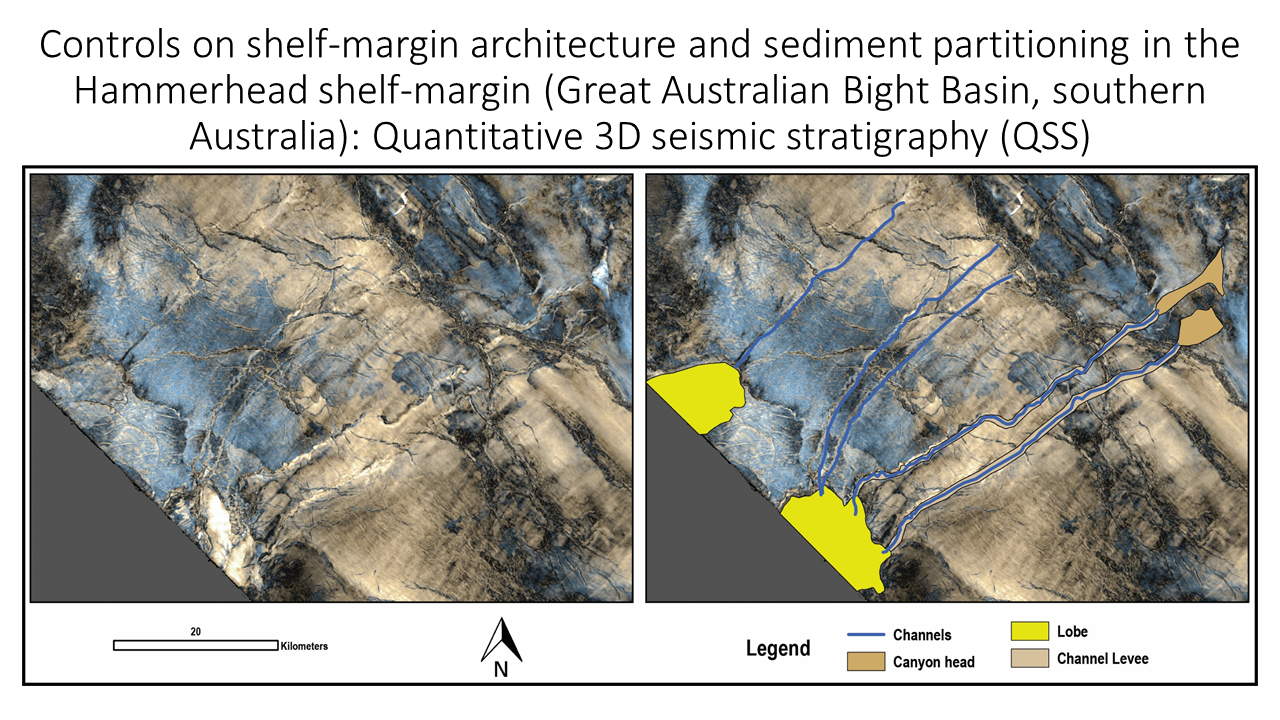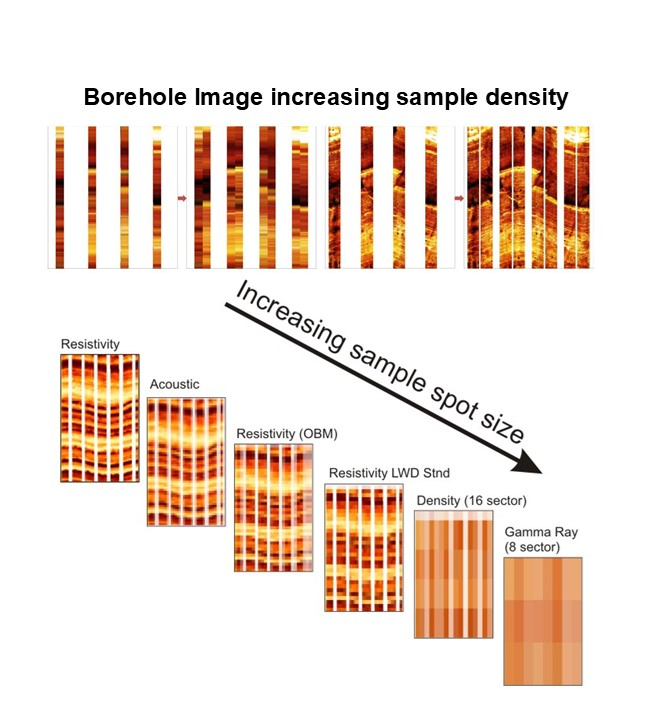
- This event has passed.
2023 PESA WEBINAR SERIES: Controls on Shelf-Margin Architecture and Sediment Partitioning in the Hammerhead Shelf-Margin
Tuesday, 21 February, 2023 @ 11:00 am - 12:00 pm (Australia/Perth time)
Free – $10.00
Kindly supported by Rock Flow dynamics 
This live webinar will take place at:
11am – Perth
12.30pm – Darwin
1pm – Brisbane
1:30pm – Adelaide
2pm – Canberra, Hobart, Melbourne, Sydney
Use the calendar link on this page to add this event in to your own calendar at the correct local time for your location.
Tickets are free for members (please log in to see this) and $10 for non members.
Please buy your tickets and immediately follow the link in the ticket e-mail (not the calendar invite or this webpage, which is just generic and not event specific) to set up your registration with the webinar software well in advance of the time of the talk. Once registered with the webinar software you will receive a reminder e-mail 1 hour beforehand.
Controls on Shelf-Margin Architecture and Sediment Partitioning in the Hammerhead Shelf-Margin
Presented by John Shepherd (Centre for Energy Geoscience, University of Western Australia)
Abstract
Understanding the stratigraphic architecture of shelf-margin clinoforms is key to determining both how sediments are transported to deep-water settings and how the interplay of tectonics (subsidence/uplift) and eustasy, with variation in sediment supply, impacts deep-water sand delivery. Within this study clinothems are used to establish quantitative and statistical relationships between the shelf-margin architecture, paleoshoreline processes, and deep-water system types (i.e., quantitative 3D seismic stratigraphy). The Hammerhead shelf-margin prograded during the Late Cretaceous within the Great Australian Bight Basin, along the southern margin of Australia, following break-up with Antarctica. This understudied interval offers a unique opportunity to investigate the controls on the evolution of a shelf margin during the early stages of the post-rift phase.
All available data (i.e., 2D seismic data, 3D seismic data and well data) from the Ceduna Sub-basin has been integrated to investigate the controls on shelf-margin architecture and factors affecting sediment delivery to deep-water. Quantitative analyses involved the measurement of clinoform geometries (e.g., slope length, slope height, shelf-edge progradation and aggradation etc.), which were used to calculate several parameters (e.g., shelf-edge trajectory angle, progradation rate, aggradation rate). The extent of various deep-water systems (e.g. long run-out turbidites) was also measured. It is concluded that lateral variations in sediment supply were the main driver of shelf-margin variability at 3rd order scale.
The Hammerhead shelf-margin provides unique insights in the early stages of drifting between Australia and Antarctica, which has implications for better understanding of early post break-up dynamics. Quantitative results from the Hammerhead shelf-margin can also be used to improve predictability of offshore sediment deposits in other basins globally.


